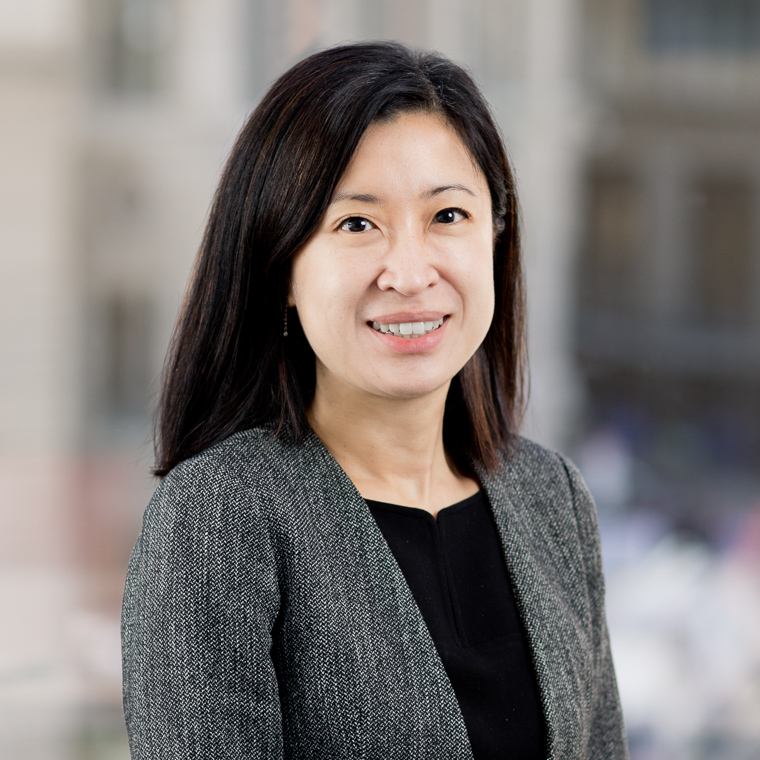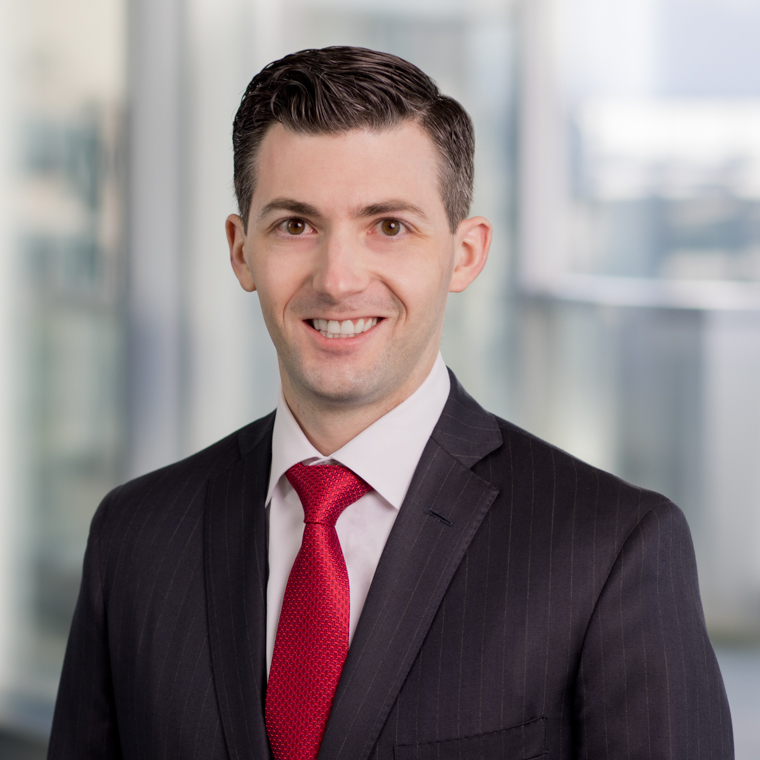Earlier this month, the Center for Audit Quality (CAQ) and Audit Analytics released their sixth-annual Audit Committee Transparency Barometer report. Similar to prior years, the groups acknowledge “progress on the transparency front regarding voluntary disclosure by audit committees since the launch of the Barometer.” This progress has partially contributed to increased investor confidence in the effectiveness of audit committees, which is 81% based on the CAQ’s 2019 Main Street Investor Survey, a 10% increase from 2014.
Unlike prior years, however, this year’s report expresses increased concern around certain areas of enhanced disclosure. As the report notes, a number of disclosure levels are now stagnant or slowing in comparison to 2018. Other than new cybersecurity disclosures, only two categories of disclosure increased by more than 2% this year, with the greatest increase being 4% for disclosures concerning the criteria discussed when evaluating the audit firm.
The report is based on a review of proxy statements filed through the end of June 2019 by companies in the Standard & Poor’s Composite 1500, which is comprised of companies in the S&P 500, S&P MidCap 400, and S&P SmallCap 600 indices. Cybersecurity disclosures, which the report began tracking in 2016, were unsurprisingly among the greatest areas of increase this year. Notable increases among S&P 500 companies include:
- 34% disclosed that the audit committee is responsible for cybersecurity oversight, as compared to 19% in 2018 and 11% in 2016.
- 23% disclosed whether the board has a cybersecurity expert, as compared to 14% in 2018 and 7% in 2016.
- 22% disclosed the committees on which the cybersecurity expert serves, as compared to 14% in 2018 and 7% in 2016.
Aside from cyber, the latest data shows some increases in other key areas for S&P 500 companies, including audit firm appointment and the criteria considered when evaluating the audit firm:
- 50% discussed the criteria the committee considered when evaluating the audit firm, as compared to 46% in 2018 and 8% in 2014.
- 42% disclosed the audit committee’s considerations in appointing the audit firm, as compared to 40% in 2018 and 13% in 2014.
- 84% discussed how non-audit services may impact the external auditor’s independence, as compared to 83% in both 2018 and 2014.
Some disclosures for S&P 500 companies that saw no change from 2018 or experienced a slight decline, include:
- 23% explained a change in fees paid to the audit firm, a decline from 28% in both 2018 and 2014.
- 19% disclosed whether the audit committee is responsible for audit fee negotiations, a decline from 20% in 2018, though higher than the 8% reported in 2014.
- 50% expressly stated that the audit committee is involved in the selection of the audit engagement partner, a decline from 52% in 2018, though higher than the 13% reported in 2014.
- 49% stated that the audit engagement partner rotates every five years, the same as in 2018 and up from 16% in 2014.
The above trends generally are consistent with recent findings by the EY Center for Board Matters, which analyzed voluntary disclosures among Fortune 100 companies. Looking more broadly across the three S&P indices summarized in the Audit Committee Transparency Barometer report, year-over-year changes have tended to move in the same direction for each of the three indices, though the magnitude of the change varied by index. As in past periods, the percentage of companies providing enhanced disclosures tended to be lower in the smaller indices than in the S&P 500.
While the report highlights some positive increases, it concludes that “audit committees can do more to increase transparency and, as a result, investor confidence.” As in prior years, disclosure in certain areas remains low. For instance, no S&P 500 company disclosed significant areas discussed with the auditor. Looking forward, three areas the report highlights for increased transparency are (1) significant areas of discussion between the auditor and the audit committee, (2) audit firm evaluation and audit engagement partner selection, and (3) audit firm compensation. In addition, for companies that may be considering voluntary disclosures for the first time, a starting point might be to consider the following disclosures that approximately half or more S&P 500 companies provide as reported in the 2019 report:
- Discuss how non-audit services may impact the auditor’s independence (84%)
- Disclose the audit firm’s tenure (71%)
- Discuss the criteria considered when evaluating the audit firm (50%)
- State that the audit committee is involved in the audit engagement partner selection (50%)
- State that the audit engagement partner rotates every five years (49%)
As the 2020 proxy season approaches, audit committees may want to consider the aforementioned disclosure areas and should continue to evaluate disclosure trends among their peers, particularly with respect to disclosures related to the oversight of the external auditor and the audit committee’s role in cybersecurity oversight.

